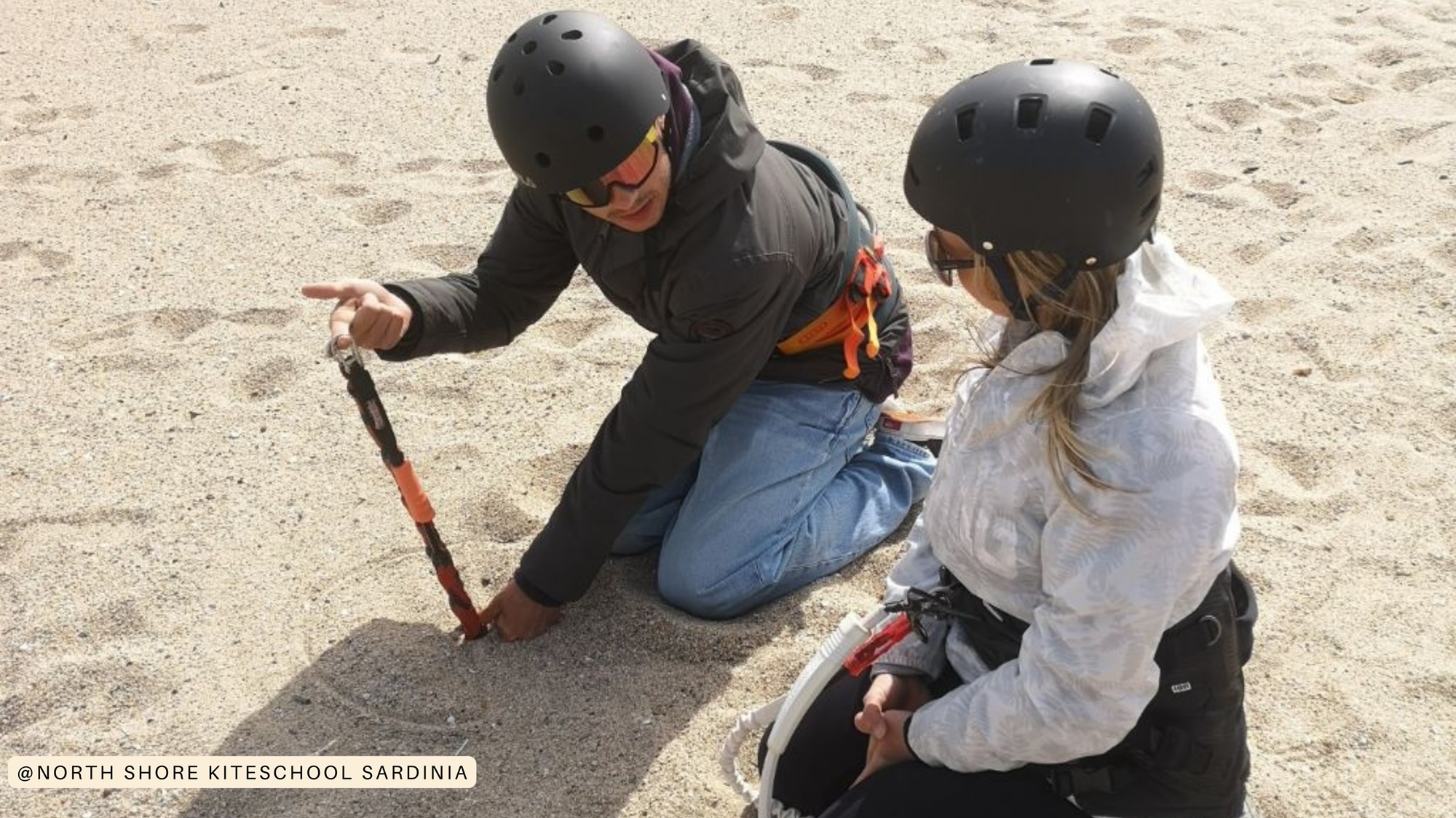How to make a theoretical kitesurfing lesson interesting.
You are a good instructor if you are good at teaching. It sounds like a silly concept, but therein lies the essence of our profession.
To teach means to present and provide information or instructions in a manner that suits the learning abilities of others, while also adding passion and creativity to the process.
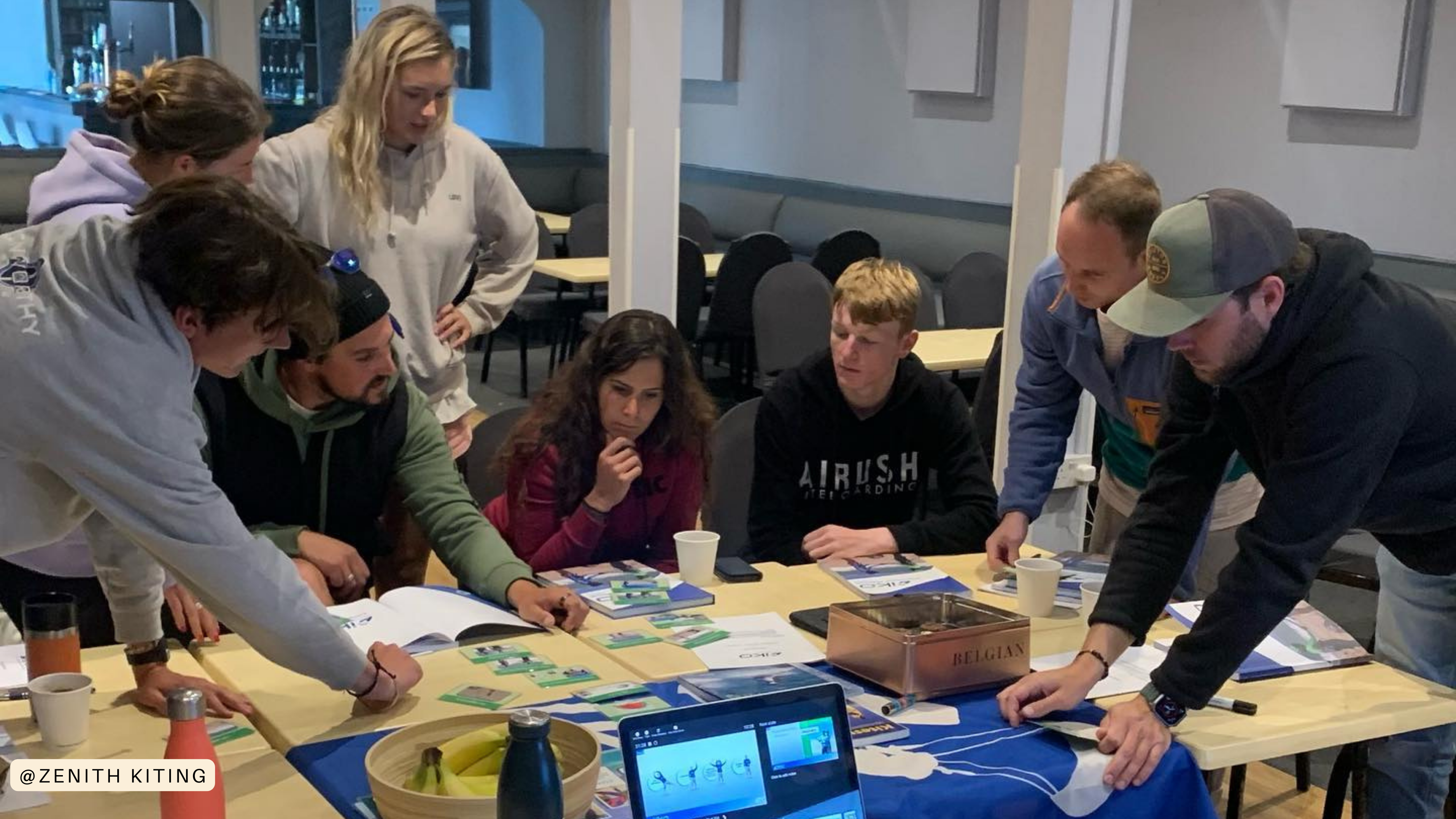
Knowing "what to teach" doesn't mean knowing "how to teach" it.
If you are an IKO Instructor, you must understand that it's not sufficient to only know how to kitesurf; you must train yourself and be focused on teaching techniques to address "how to teach" the theoretical part, not just the practical aspect.
To be a good instructor, it’s necessary to explain both topics well. For a student, the theory of kitesurfing is an essential part of the learning process as it helps them understand the principles and techniques behind the sport.
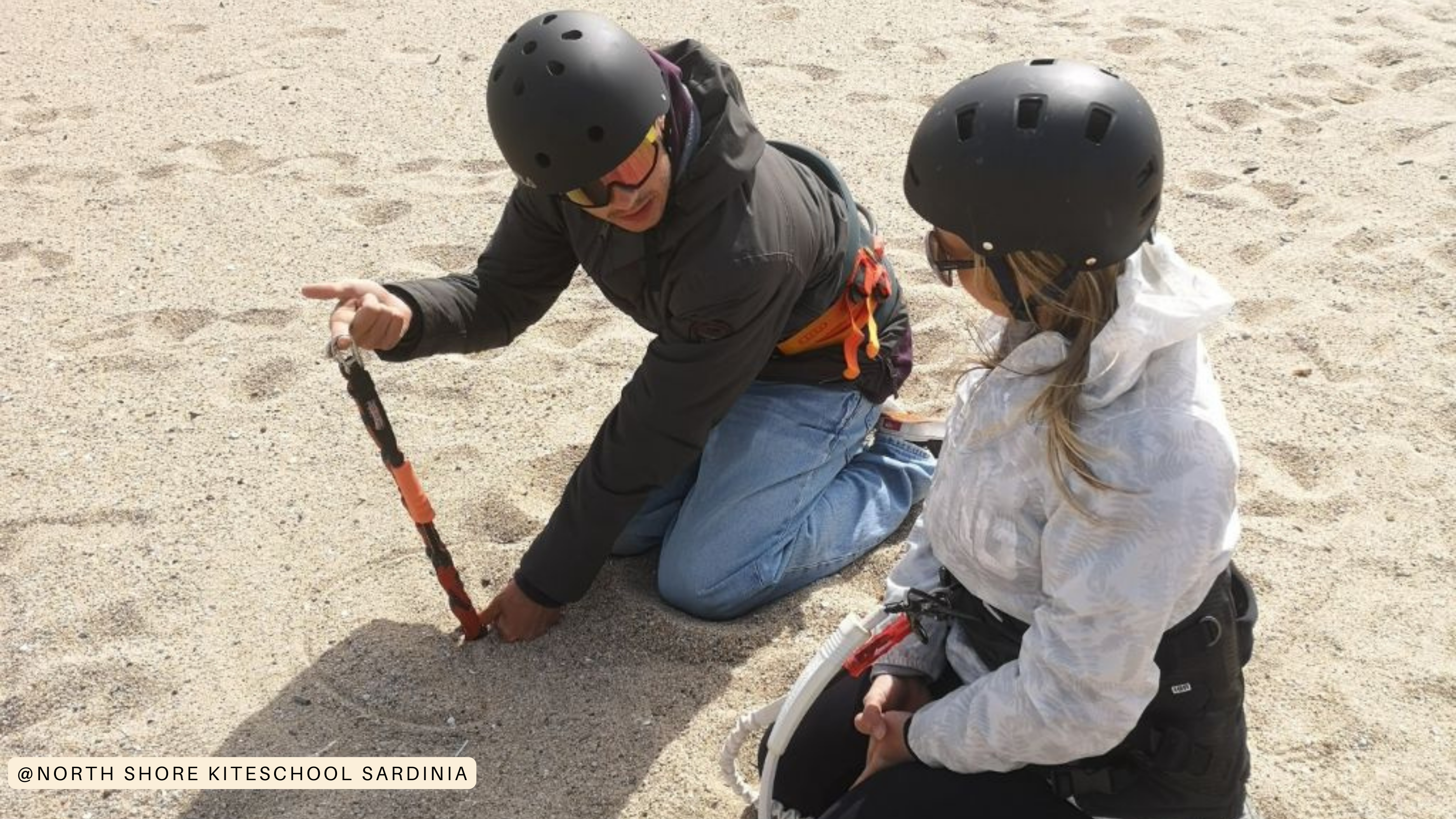
We want to give you some tips on teaching a kitesurf theoretical class.
Here are some steps you can follow to teach theory to your students effectively, to keep the quality of your lessons high, and give you the tools you need to be a successful instructor of kitesurfing theory.
The better you are, the more KISS - Keep It Short, Simple, and Fun you will be!
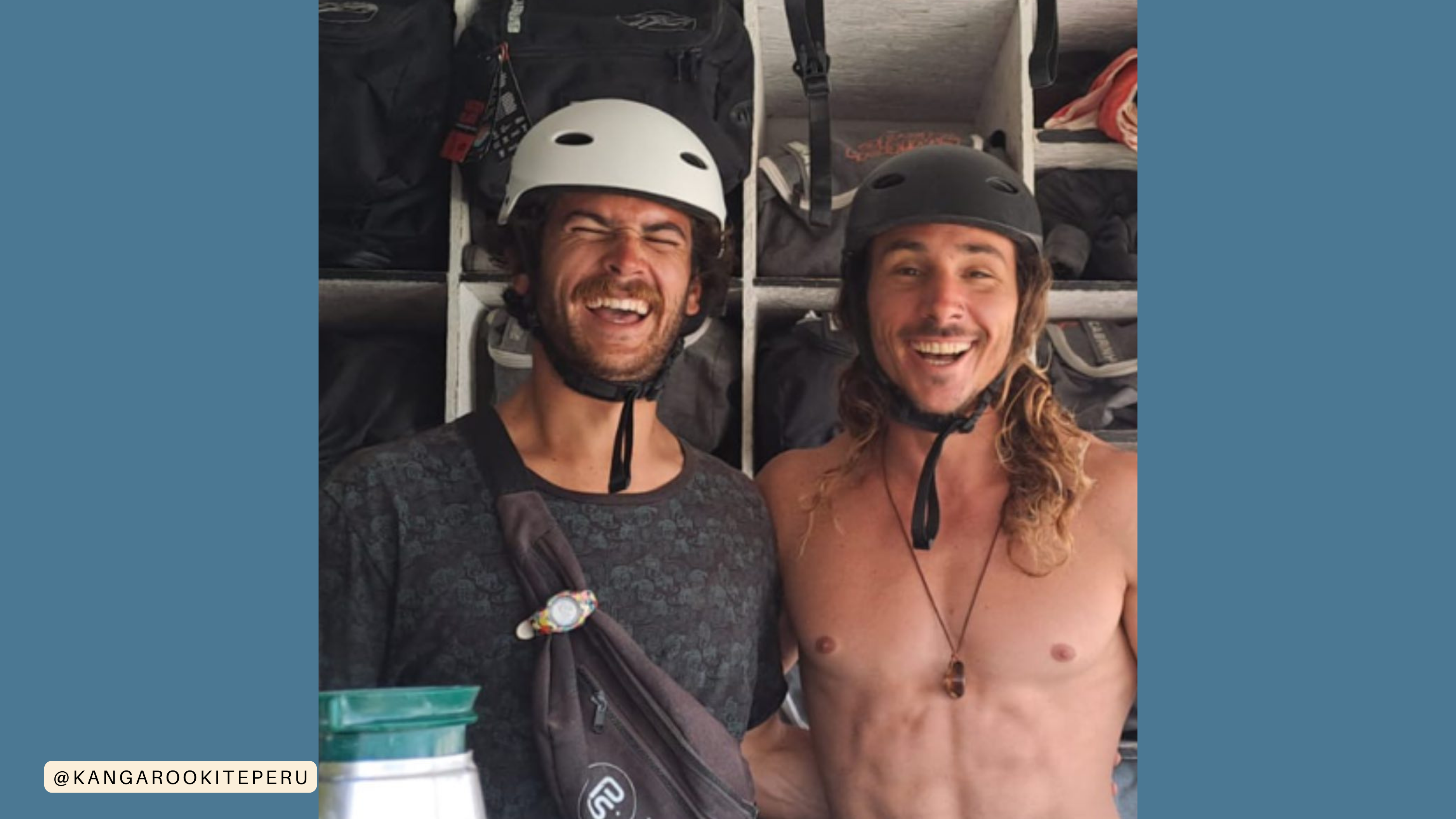
Prepare a lesson plan you will follow, but use it only as a guideline.
Plan the lesson beforehand,but be ready to adapt and modify the plan during the lesson if necessary.
- Take notes on the topics you will cover.
- Don't write a script, just the key points that you will then go into more detail.
- Prepare all the necessary equipment.
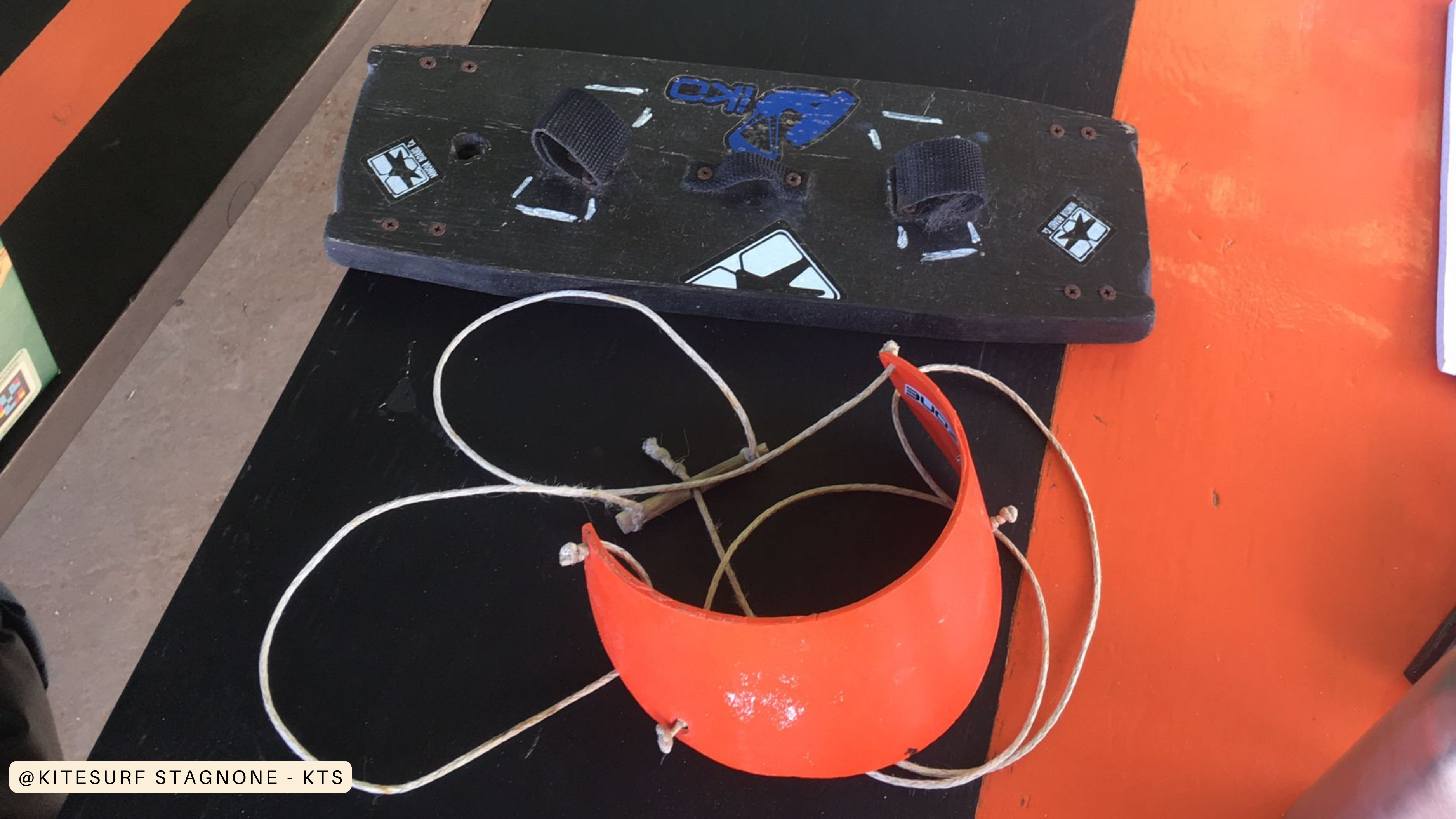
What does a theoretical class need to include?
- Introduction: Describe what the objective of the lesson is and why it’s important.
- Feedback: Ask your students what they already know about the topic.
- Key points: Include 3 or 4 important points for students to remember at the end of the lesson. Use them in the introduction, during the lesson, and at the end to summarize.
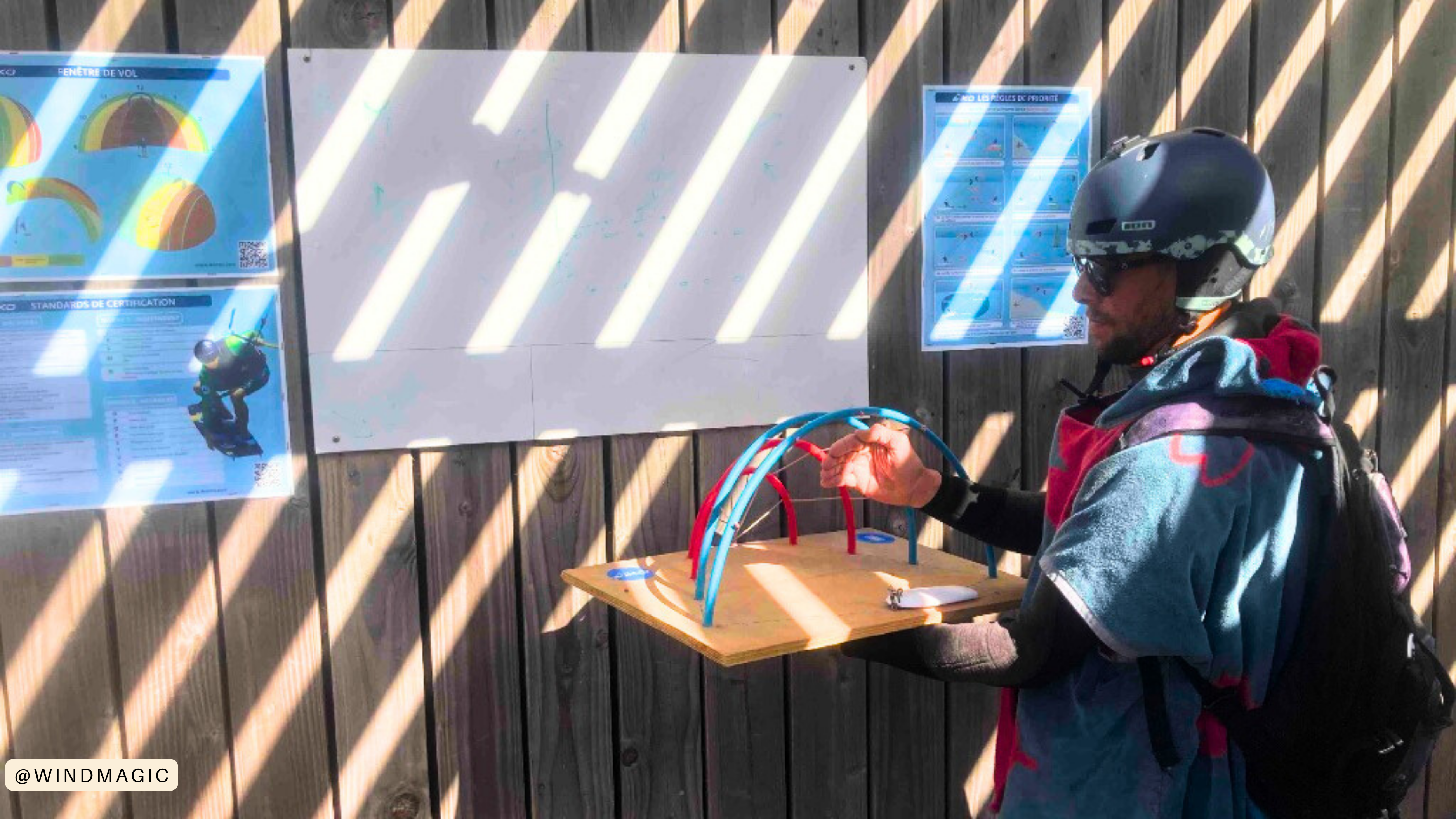
Your communication skills are very important.
Creativity is the key to being a good instructor during a theory lesson.
- Speak loudly (but not too loudly) and clearly.
- Don't speak monotonously; instead, moderate your tone and change your voice according to your explanation.
- Maintain eye contact.
- Consider the cultural aspects of your students and respect them.
- Use different communication channels.
- Use various tools such as computers, smartphones, whiteboards, sandy beaches, 3D models, and simulators - large or small. Give your creativity free rein..
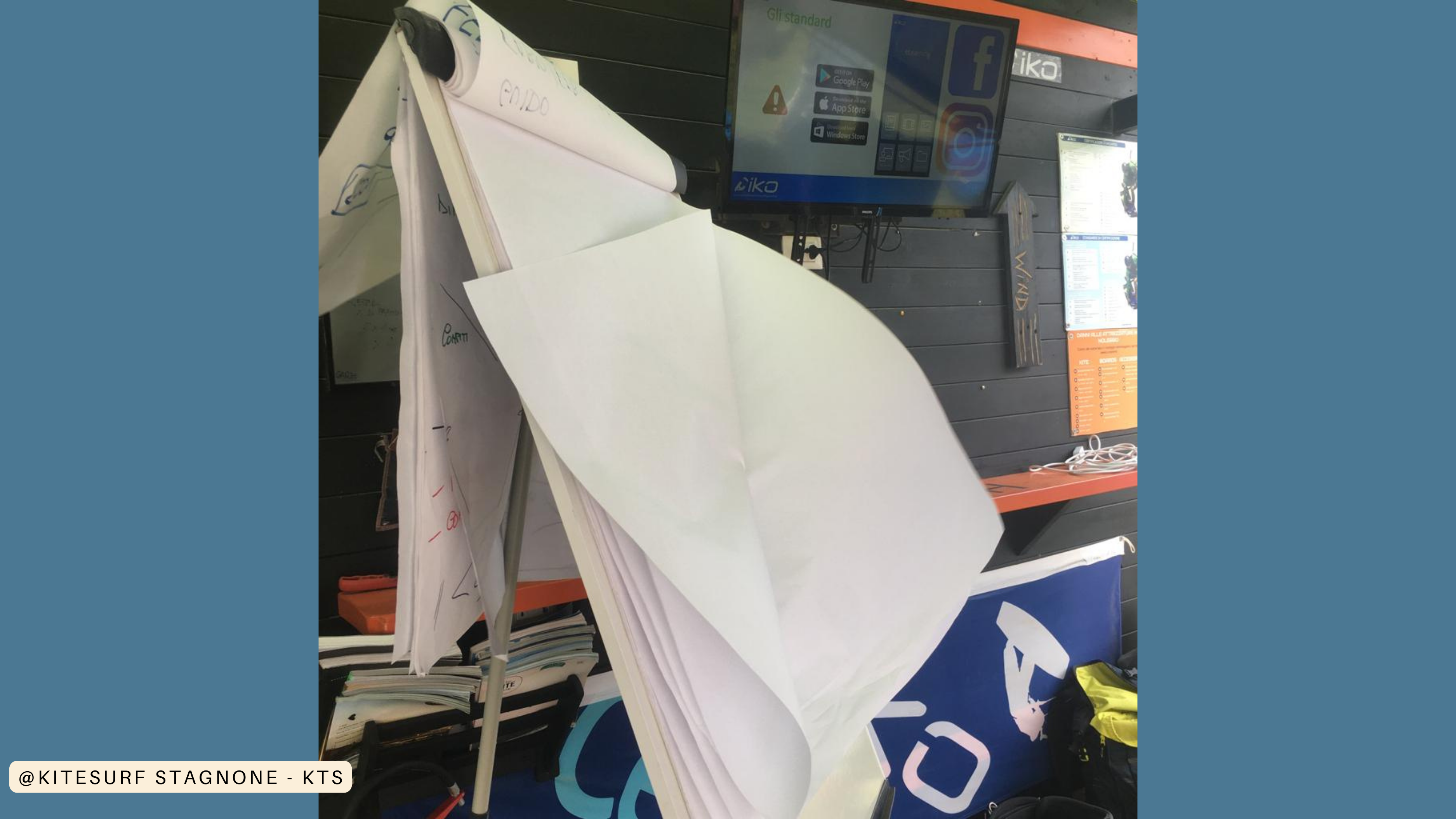
Interact with your students.
- Involve your students in the lesson to keep them engaged and focused.
- Avoid asking closed-ended feedback like, "Do you understand?" - "Yes/No." Let them explain what they understood in their own words and provide constructive feedback to help them improve their skills.
- Encourage your students to continue learning and exploring the sport even after the first lessons. Offer them resources such as instructional videos, apps, ebooks, and websites, where they can further enhance their understanding of kitesurfing theory.
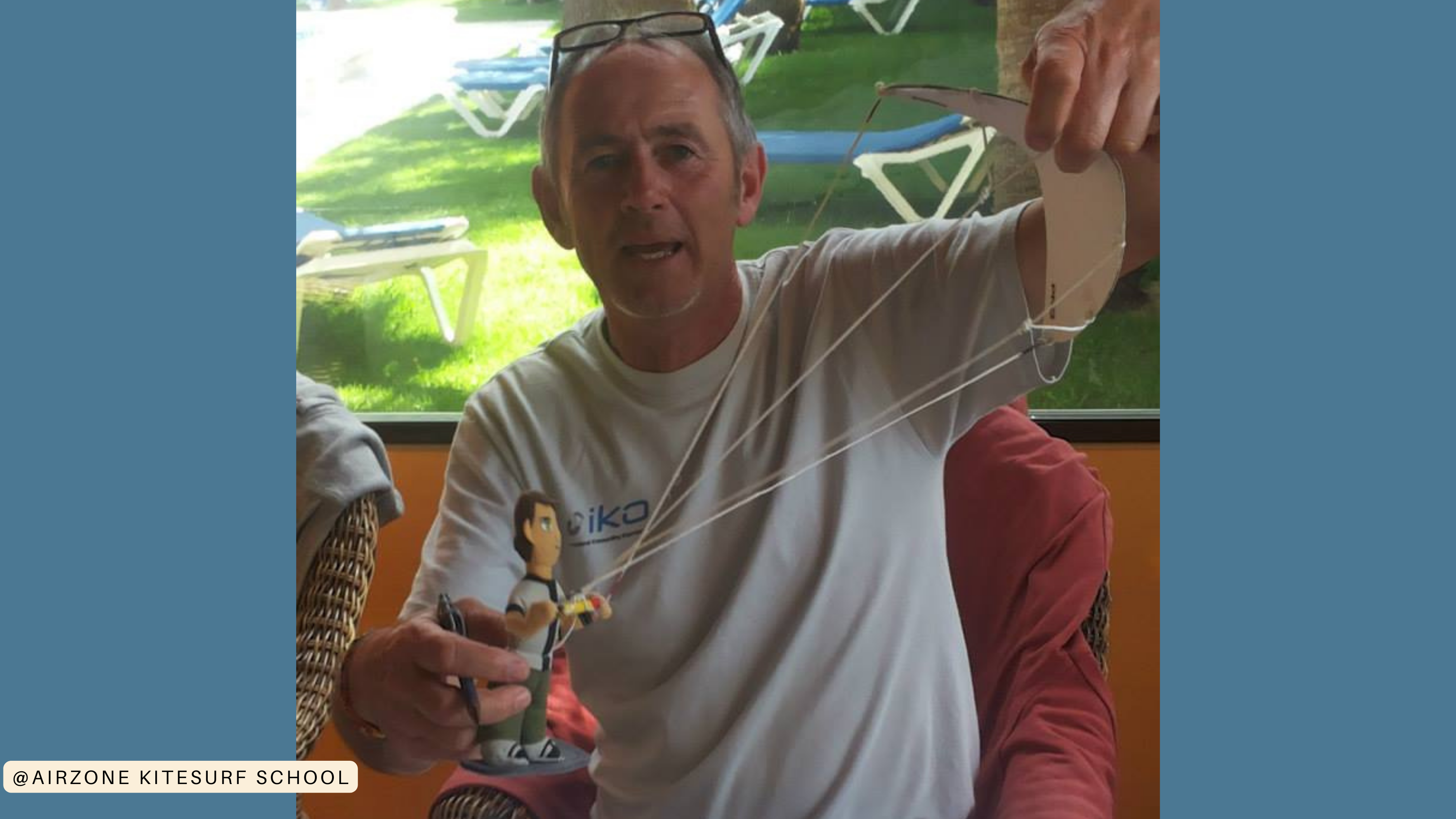
Theoretical kitesurf topics.
During your kitesurfing lessons, you may need to explain some theoretical topics. You can develop these topics using a whiteboard, a computer, a smartphone, posters in the school, or even 3D models and simulators. Unleash your creativity and imagination to make the 3D models and simulators, and your class will be a success.
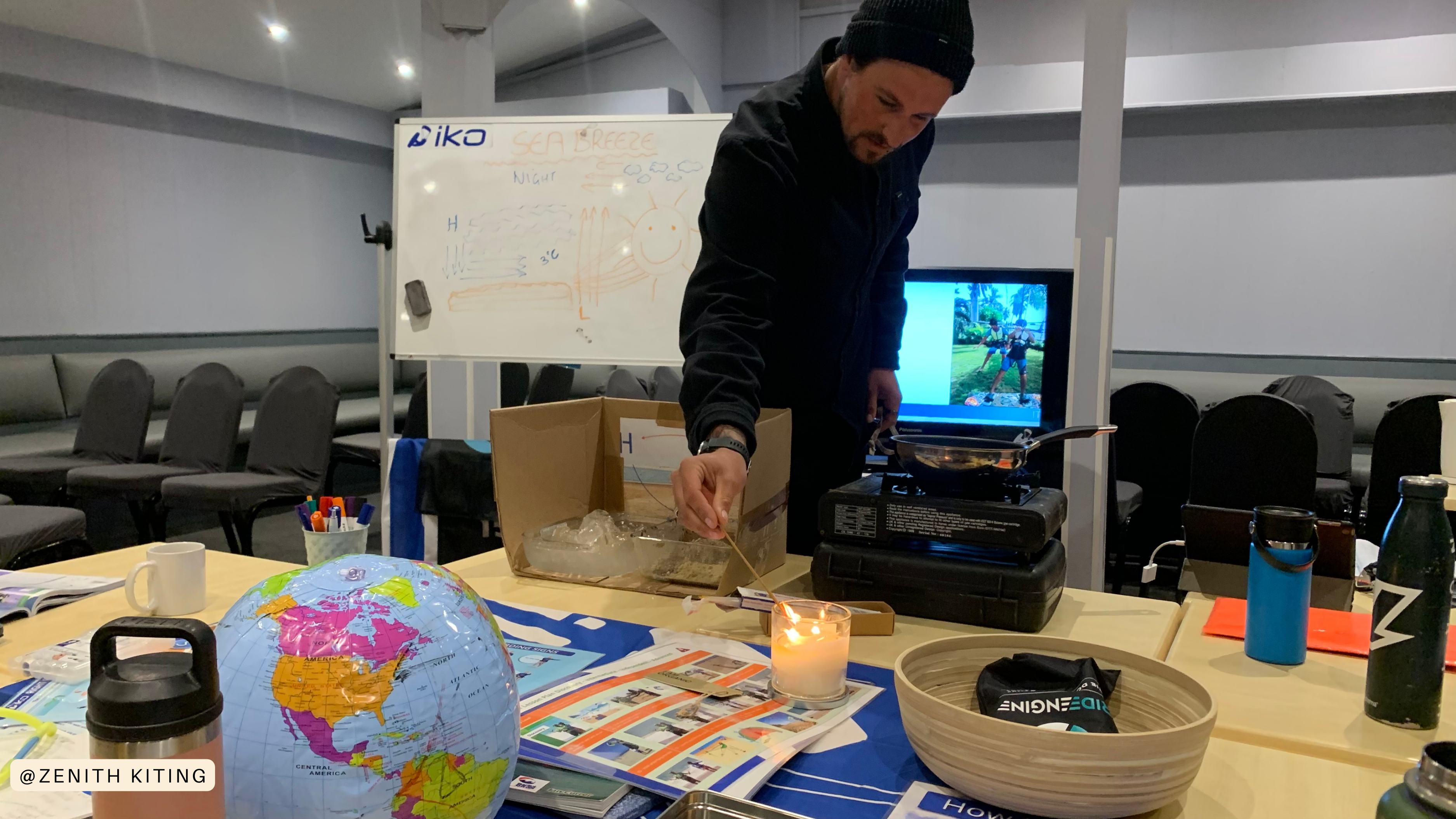
The topics you might need to cover during your kitesurfing lessons on a theoretical level are as follows:
- The five wind effects.
- Sea breeze diurnal and nocturnal.
- Tides.
- Basic principles of aerodynamics.
- Sea marine currents.
- Meteorology, High and Low Pressure.
The five wind effects:
1) The Venturi effect.
2) The wind shadow.
3) The wind gradient.
4) The Bay effect.
5) The compression effect
TIP
Focus on the dangers and possible benefits of the five wind effects, like the impact of the space for riding, launching, and landing the kite safely, wave conditions, upwind and downwind riding, and the consistency and quality of the wind.
Draw the five wind effects. For example, if you have a whiteboard available, you can use it, but drawing in sand is also perfect. You can also use common objects in the school to illustrate the effects.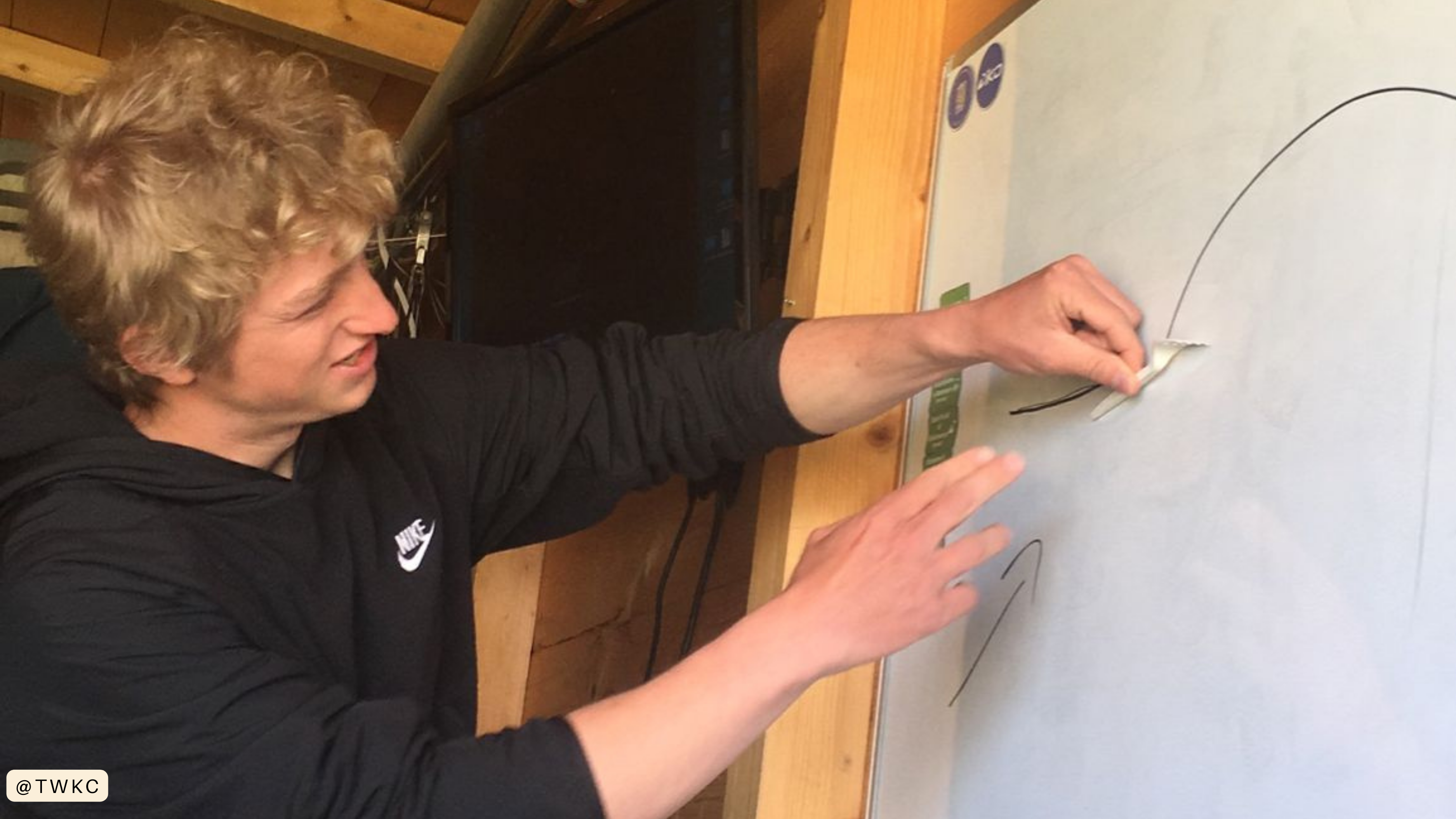
Sea breeze diurnal and nocturnal.
Explain how sea breezes are generated, when they occur, and the potential dangers they may present.
TIP
Focus on the impact of a sea breeze on a kitesurfing session, such as the change in wind strength, the eventual change in wind direction, and its duration.

Tides.
Explain the potential dangers and benefits the tides can have and how they can completely change the spot.
TIP
Even if they don't have much impact in your spot, always consider that your students may visit places where having high or low tides can really make the difference between kitesurfing or not kitesurfing (an example is Sotavento Lagoon in Fuerteventura - Canary Islands).
Focus on how to maximize the kitesurfing experience and ensure safety. Explain to your students how to check tide charts or consult local knowledge to understand the tide patterns and their impact on the specific location where they plan to kitesurf. Being aware of the tide conditions will help them to make informed decisions and adjust the session accordingly.
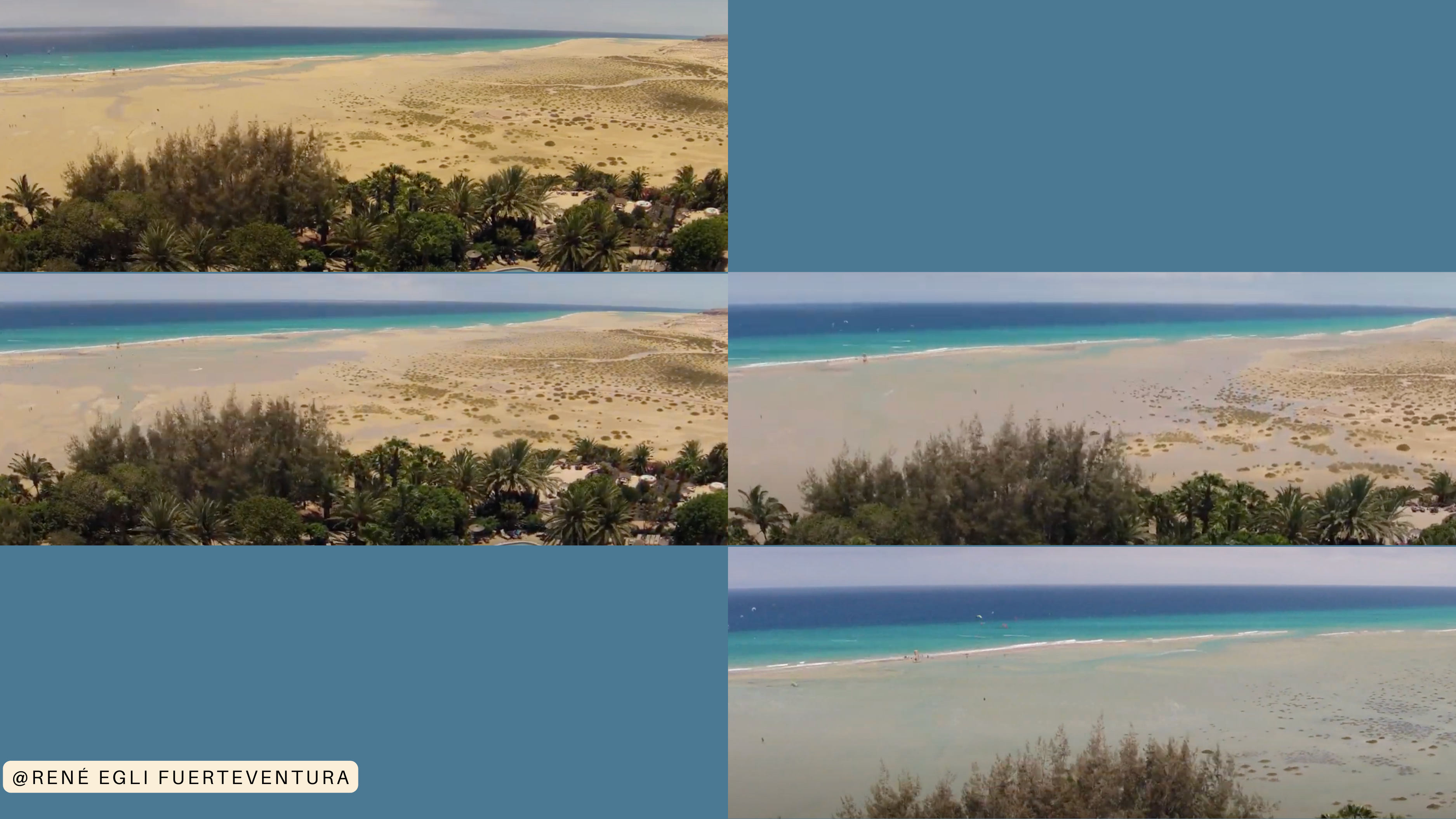
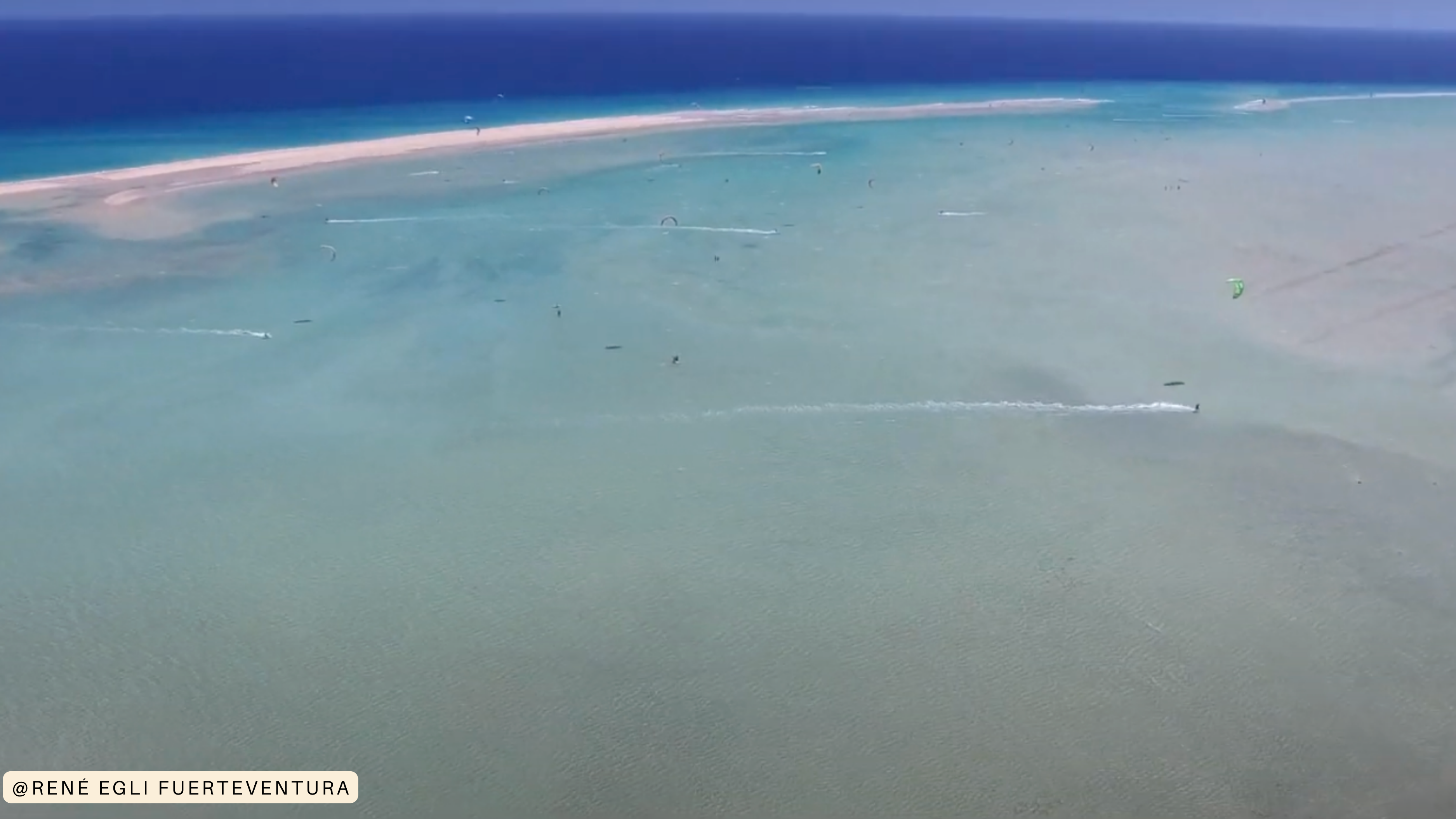
Basic principles of aerodynamics.
This topic is very technical and broad, so it’s fine to treat it in a simplified way, focusing on why kites fly and pull.
TIP
To help you with the explanation, download an app that simulates the wind tunnel.
This tool will allow you to make a complex concept visual and simple, making clear the forces generated once the kite is in the air.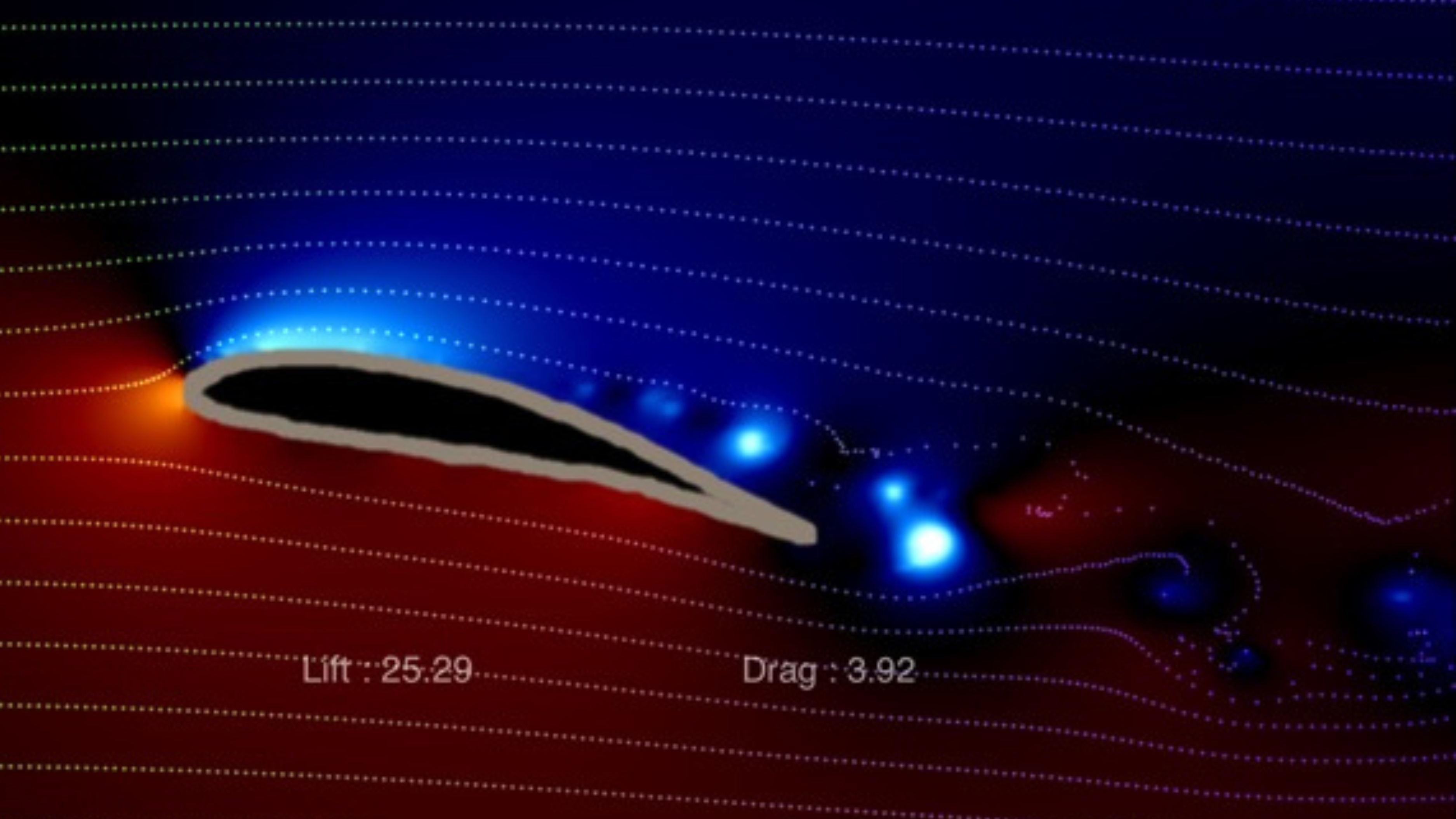
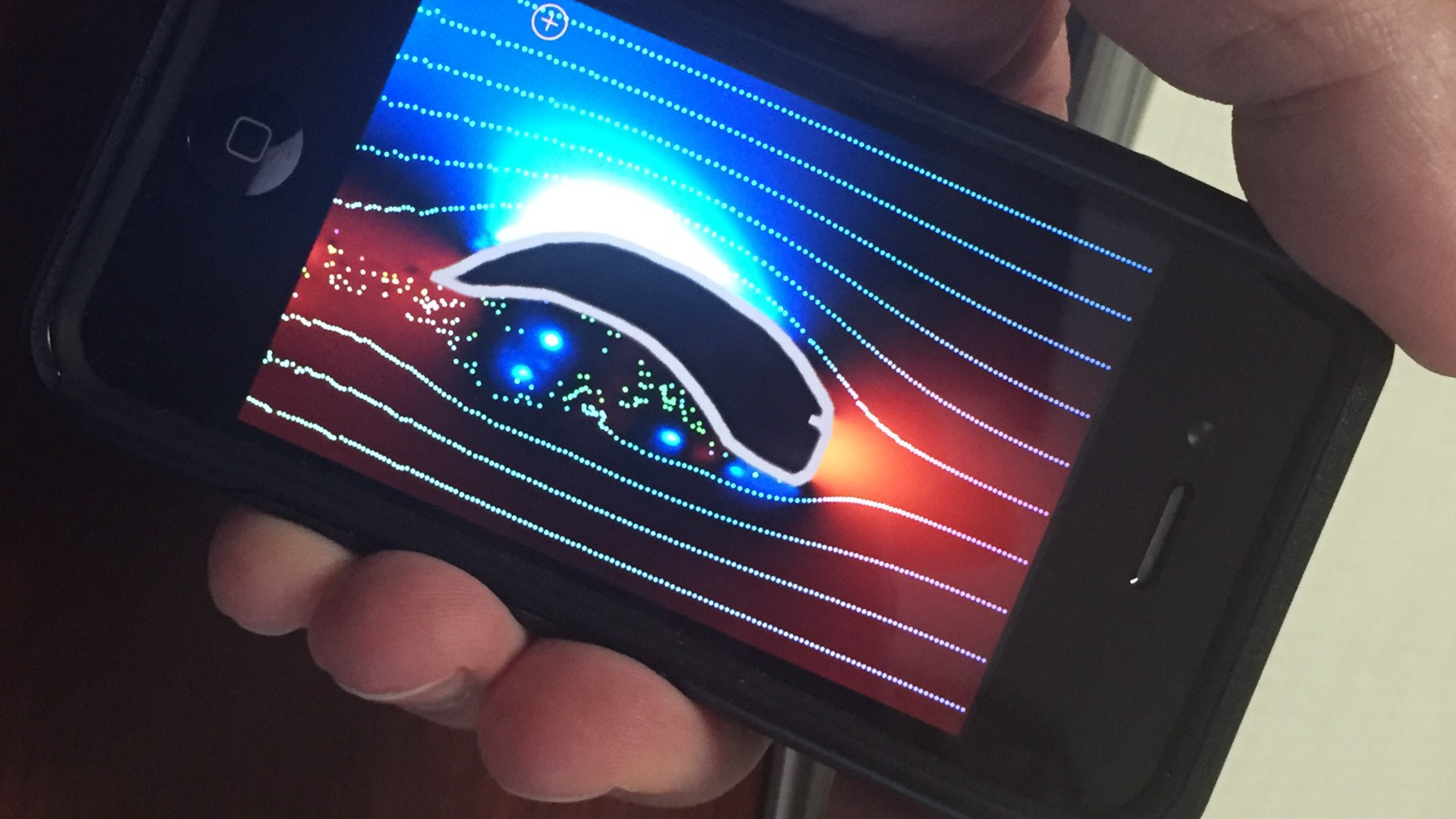
Sea currents.
Explain how to recognize sea currents and their potential impact on a kitesurfing session.
Draw your students' attention, particularly to rip currents, teaching them how to identify these currents and how to respond appropriately..
TIP
Download and print IKO's free posters on sea currents; they are free and make it clear how to act correctly.
Emphasize the importance of having a good understanding of the local conditions, including tides and current charts, as well as local knowledge from experienced kiters. Explain how to assess the current conditions before entering the water, adjust the riding technique to compensate for the currents influence, and prioritize safety by choosing appropriate locations and being prepared.
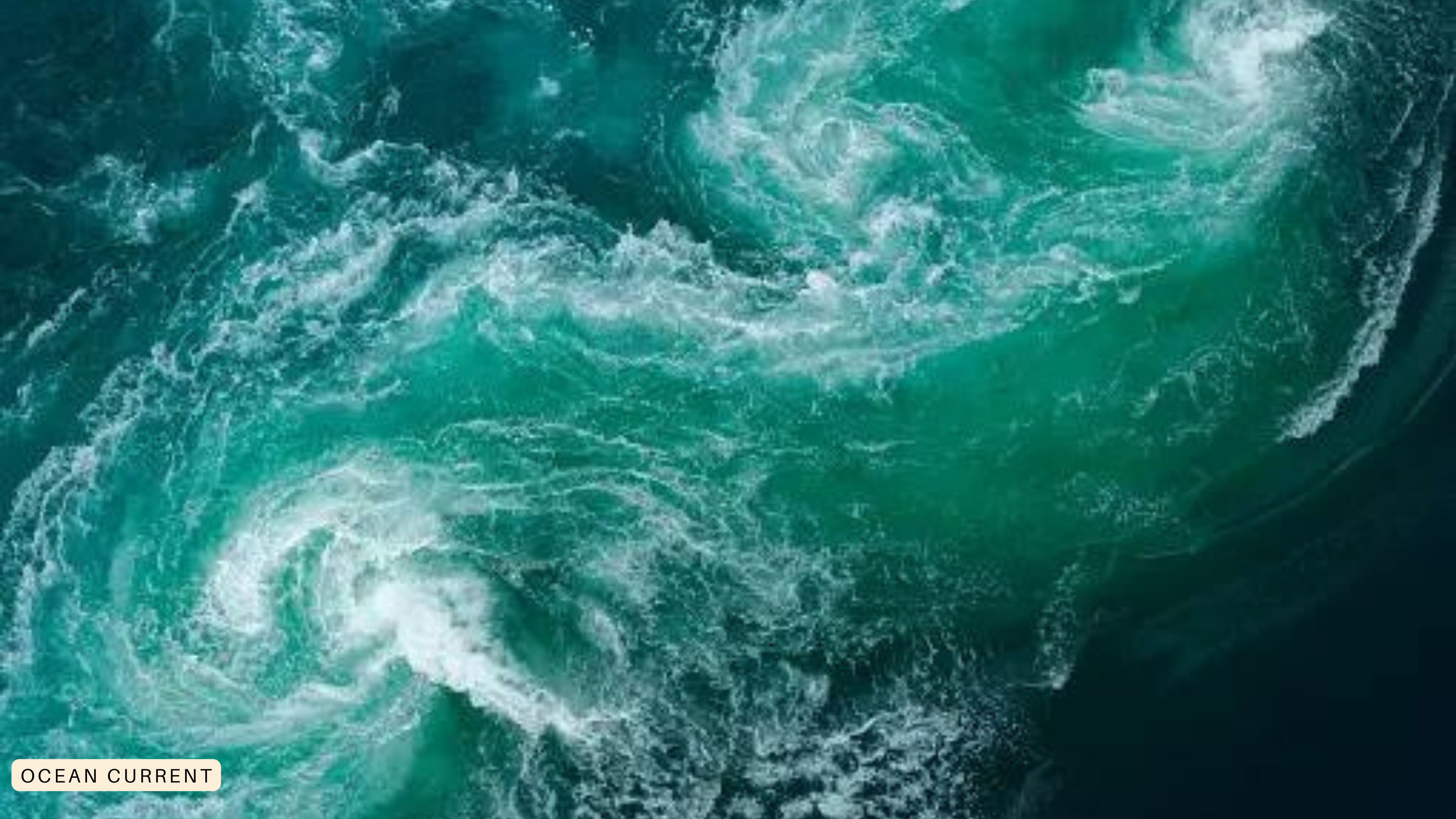
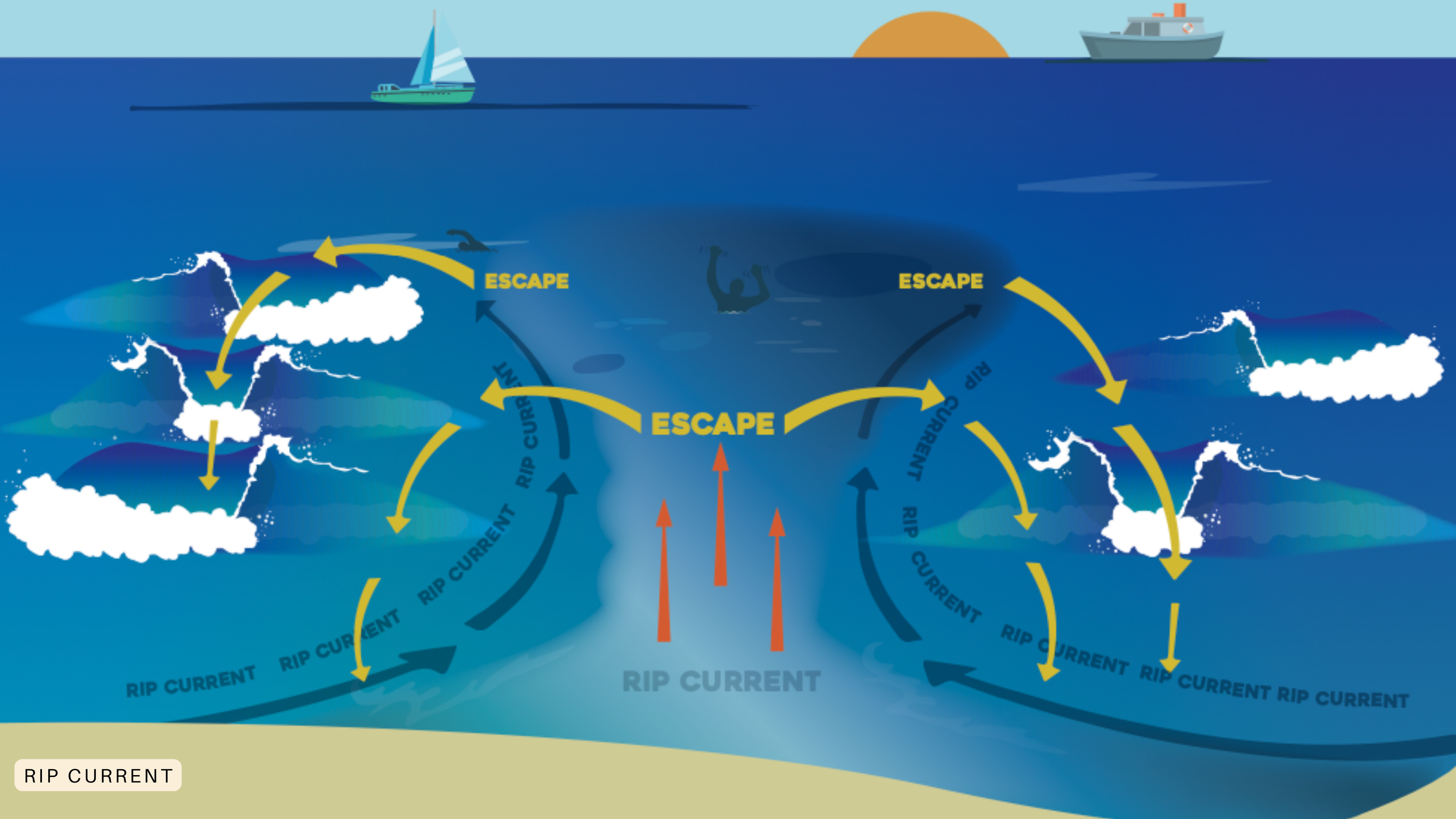
Meteorology, High and Low pressure.
Meteorology is a very complex and extremely broad subject. It would take many hours of class time to cover the topic, so we recommend that you approach it by focusing on the basic concepts of meteorology.
TIP
Focus on High and Low pressure and why they are essential for kitesurfing. Use the thumbs technique to memorize high and low pressure in the two hemispheres.
Also, focus on the impact of high-pressure and low-pressure systems based on regional and local factors. Advise your students to check the weather forecast, consult experienced local kiters, and assess the conditions on-site to decide if it is suitable and safe to kitesurf during specific high or low-pressure systems.
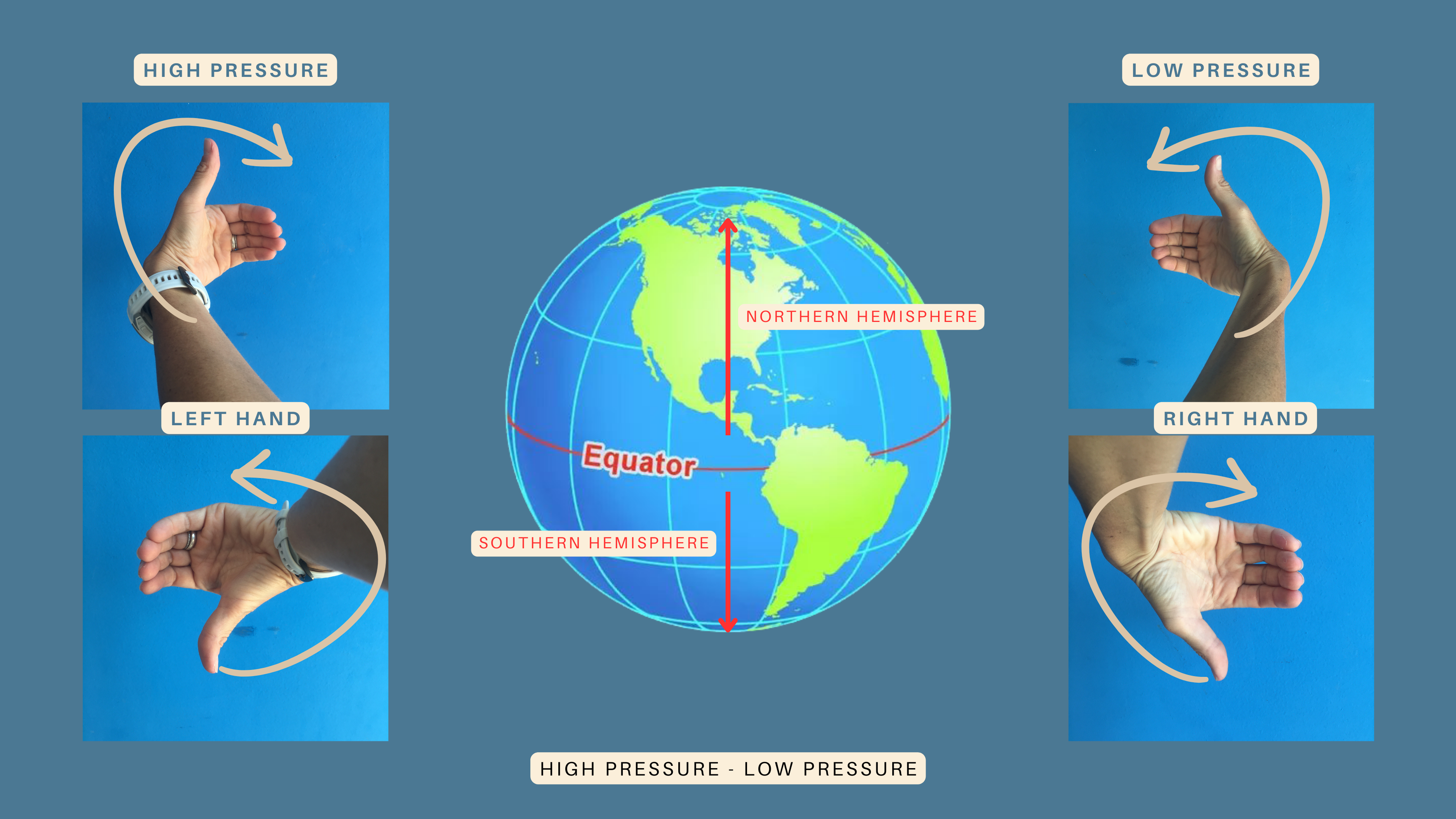
Practical kitesurf topics.
When teaching practical topics, remember to always follow the 8 IKO’s Steps Teaching Concept.
The IKO’s 8 Steps Teaching Concept.
The IKO teaching concept is based on achieving physical skills through a combination of your student's trial and error, along with your evaluation and correction.
Additionally, it involves developing your student's background knowledge and skill consolidation, ensuring they understand why they are performing an exercise.
The 8 steps are:
1) Evaluation: Who?
2) Set a goal: What?
3) Incentivize and motivate: Why?
4) Give reference points: How? When? Where? Which exercises?
5) Get student’s feedback (1): Did the student visualize well?
6) Observe: Student’s trial and error.
7) Get students’ feedback (2): 90% of the learning process.
8) Correct: Only when necessary!
Riding upwind.
Explain the prerequisites and, if necessary, discuss possible reasons for failure.
TIP
Focus your explanation on what combination of the kite, body, and legs/board your student should maintain.
Videos on the IKO App, a 3D model, or a small simulator can help your student gain an outside perspective and better understand what to do once on the water.
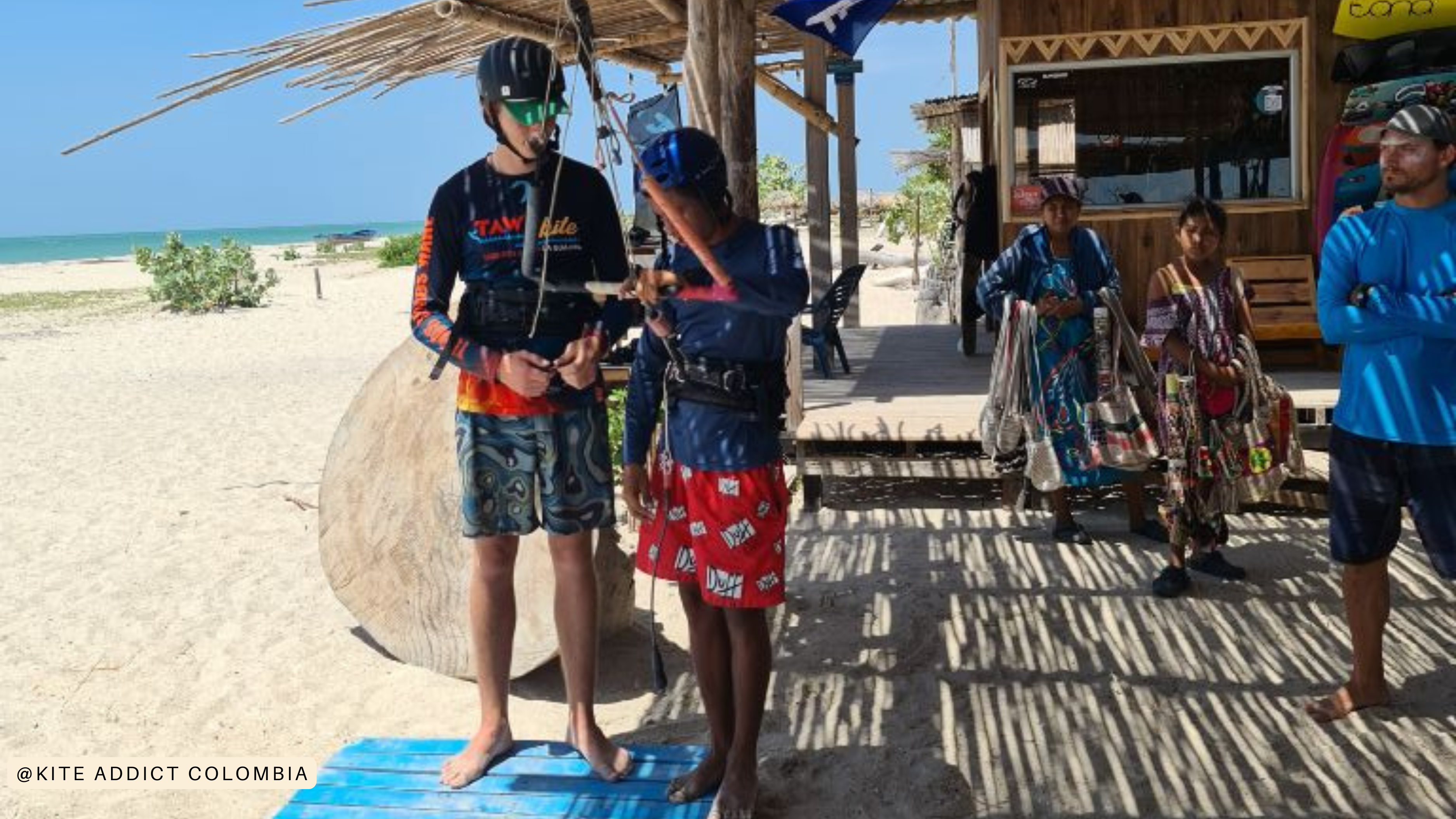
First jumps.
Explain the necessary prerequisites and discuss potential reasons for failure.
TIP
Focus your explanation on what combination of the kite, body, and legs/board your student should maintain; also, encourage them to practice with a physical simulator. Using a physical simulator can help reduce the stress of trying something new before attempting it in the water, and it aids in building muscle memory.
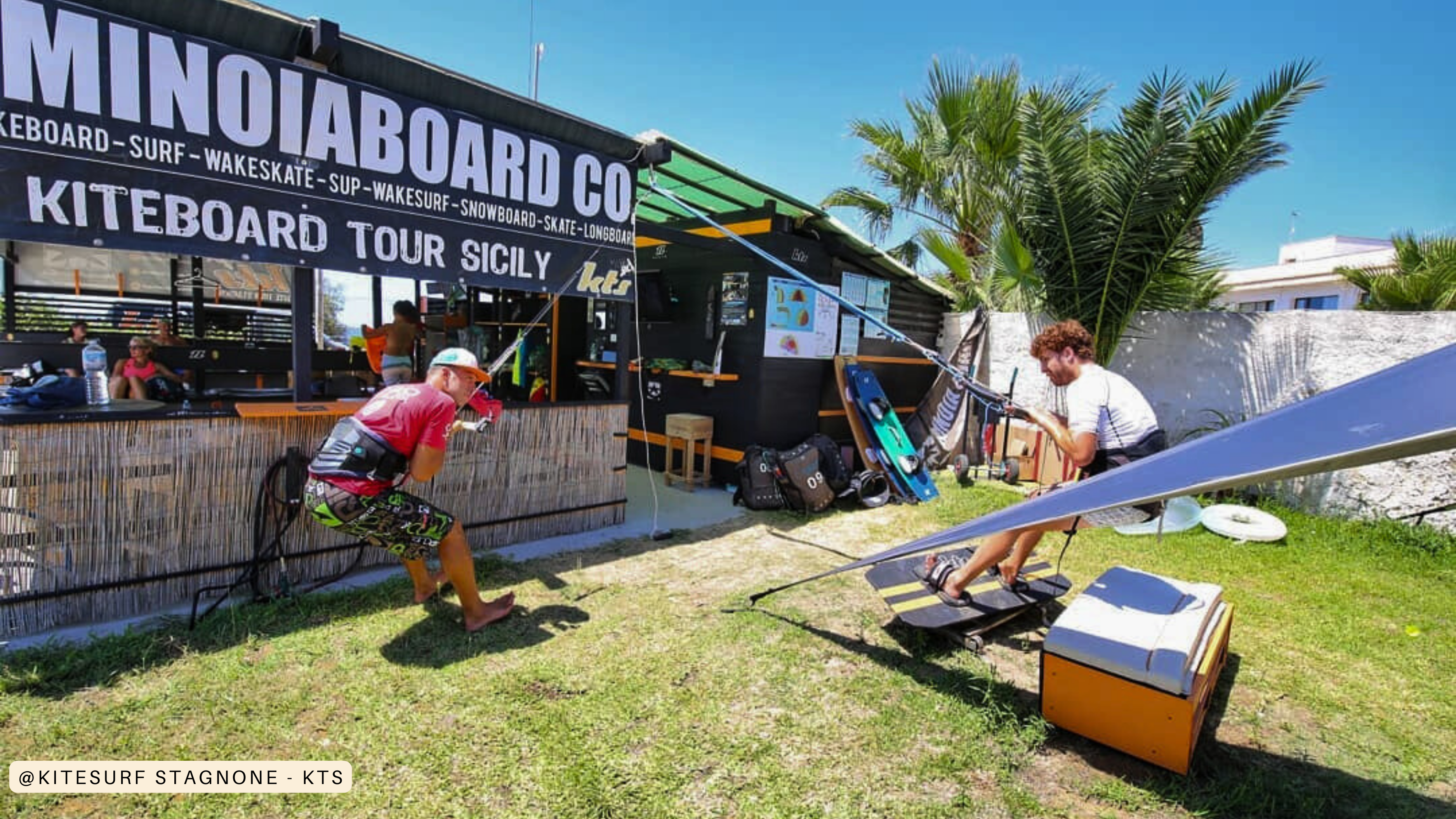
Remember to adapt your teaching approach to your student's learning style and pace.
Create a positive rapport with your student.
Be funny, dynamic, patient, and supportive, and promote a safe and enjoyable learning environment.
